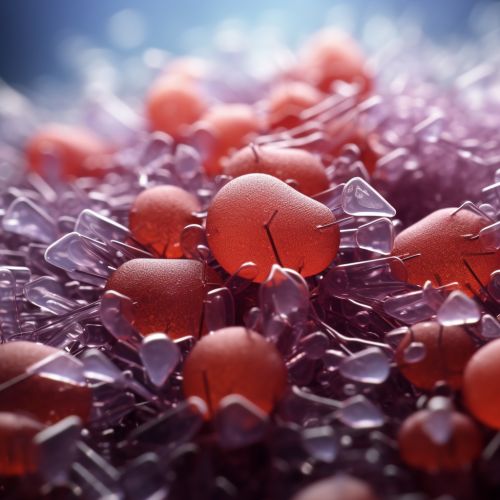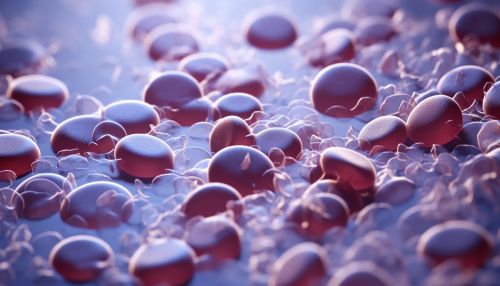Platelet Biology and Hemostasis
Introduction
Platelets, also known as thrombocytes, are small, colorless cell fragments in our blood that are essential for normal hemostasis. They are derived from the fragmentation of precursor megakaryocytes. The average lifespan of a platelet is normally just 5 to 9 days. When an injury occurs and bleeding begins, platelets help stop bleeding by clumping and forming plugs in blood vessel holes.
Platelet Structure and Function
Platelets are not true cells but are actually fragments of cytoplasm. They are small, irregularly-shaped clear cell fragments, 2–3 µm in diameter, which derive from fragmentation of precursor megakaryocytes. The average lifespan of a platelet is normally just 5 to 9 days. Platelets play a fundamental role in hemostasis and are a natural source of growth factors. They circulate in the blood of mammals and are involved in hemostasis, leading to the formation of blood clots.


Platelet Activation and Aggregation
Platelet activation occurs as a result of a complex series of molecular events that are triggered by a variety of stimuli. These stimuli include collagen, thrombin, ADP, and epinephrine. Once activated, platelets change shape from spherical to stellate, and the fibrinogen receptor GPIIb/IIIa changes shape and increases its affinity to bind fibrinogen. The fibrinogen serves as a bridge to bind adjacent activated platelets, a process termed platelet aggregation.
Platelet Disorders
Platelet disorders can be divided into three categories: disorders of platelet number, disorders of platelet function, and disorders of platelet production. Disorders of platelet number can be further divided into thrombocytopenia (low platelet count) and thrombocytosis (high platelet count). Disorders of platelet function can be either inherited or acquired. Examples of inherited disorders include Glanzmann's thrombasthenia and Bernard-Soulier syndrome, while examples of acquired disorders include uremic syndrome and myeloproliferative disorders. Disorders of platelet production can be caused by a variety of conditions, including certain types of anemia, viral infections, and certain genetic disorders.
Hemostasis
Hemostasis is the process of the stopping of blood flow. The term is often used in a metaphorical sense in relation to stress or anxiety (i.e., to help someone "stop the bleeding" of stress or anxiety). However, in a medical sense, hemostasis refers to the process of keeping blood within a damaged blood vessel (the opposite of hemorrhage). It is the first stage of wound healing. This involves coagulation, blood changing from a liquid to a gel. Intact blood vessels are central to moderating blood's tendency to form clots. The endothelial cells of intact vessels prevent clotting with a heparin-like molecule and thrombomodulin and prevent platelet aggregation with nitric oxide and prostacyclin.
